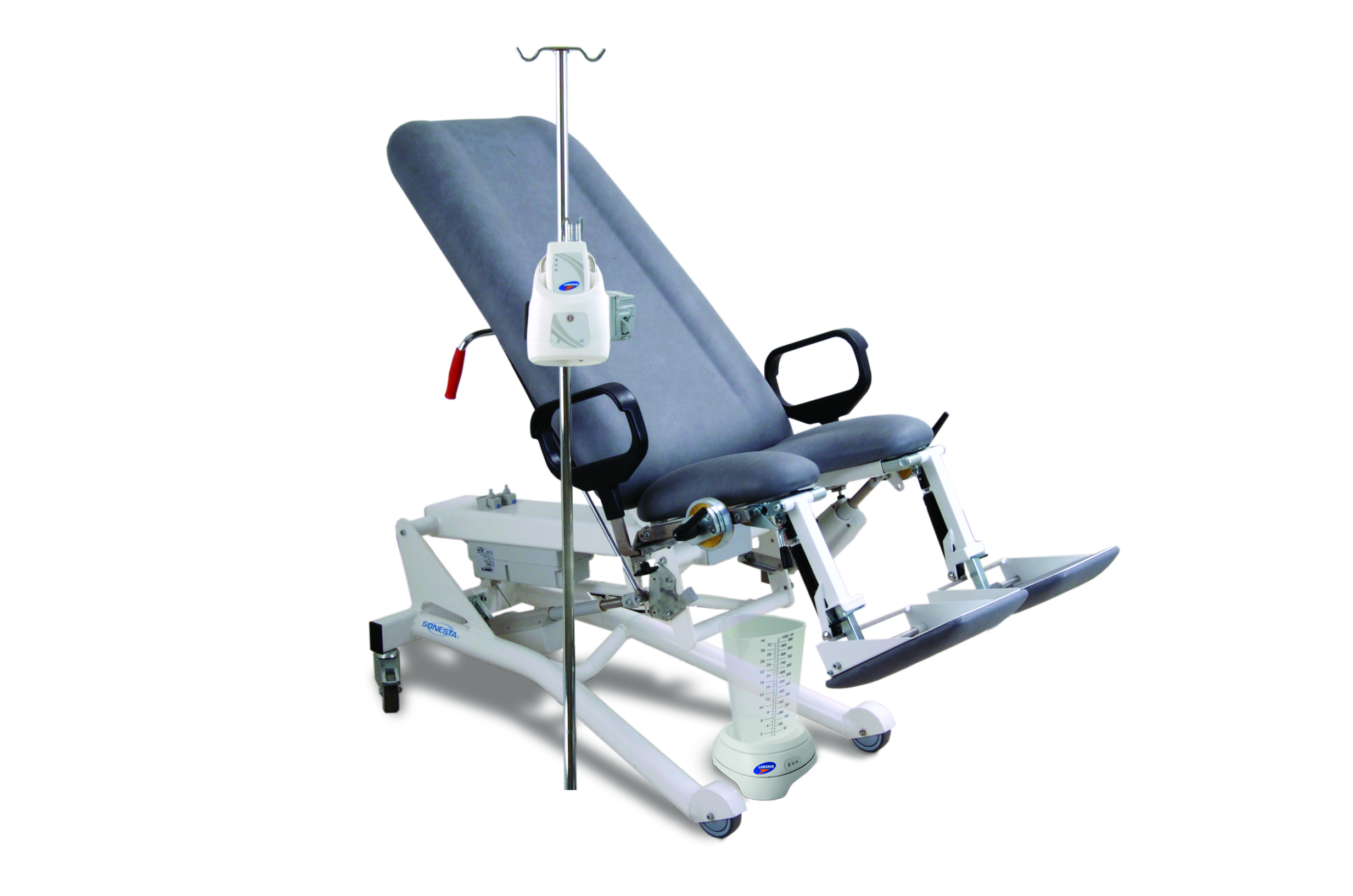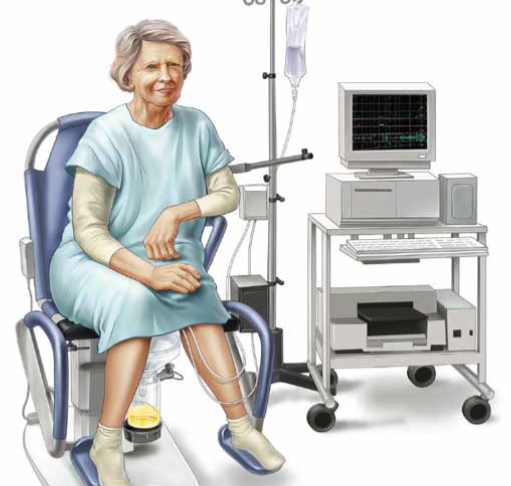The effective provision of medical device field service is not a simple process to optimize. There are many factors that influence operations, from resources and technology to staff management and coordination. Field service organizations that keep track of all of these different factors manage to provide a seamless and efficient service and keep their customers satisfied.
But no business is perfect from the get-go. In most cases, a period of trial and error is unavoidable while getting a grasp of the intricacies of running and managing field service operations, especially when it comes to medical devices. Being aware of the most common mistakes made in the delivery of field service support can significantly shorten the learning curve.
With that in mind, here are some of the most common errors that medical device field service organizations commit while providing and managing their service:







 Most of the urodynamic literature is currently focused on the indications for urodynamic studies for treatment of voiding dysfunction and urinary incontinence. In reality, much less is known about the frequency with which urodynamic procedures are being performed and trends in the practice among urologists. In the following article, we will talk about trends in the practice of urodynamic procedures among urologists in the last decade and we will try to find what factors impacting growth. We compared relevant studies and put together the information to assess the utilization of urodynamic procedures.
Most of the urodynamic literature is currently focused on the indications for urodynamic studies for treatment of voiding dysfunction and urinary incontinence. In reality, much less is known about the frequency with which urodynamic procedures are being performed and trends in the practice among urologists. In the following article, we will talk about trends in the practice of urodynamic procedures among urologists in the last decade and we will try to find what factors impacting growth. We compared relevant studies and put together the information to assess the utilization of urodynamic procedures.